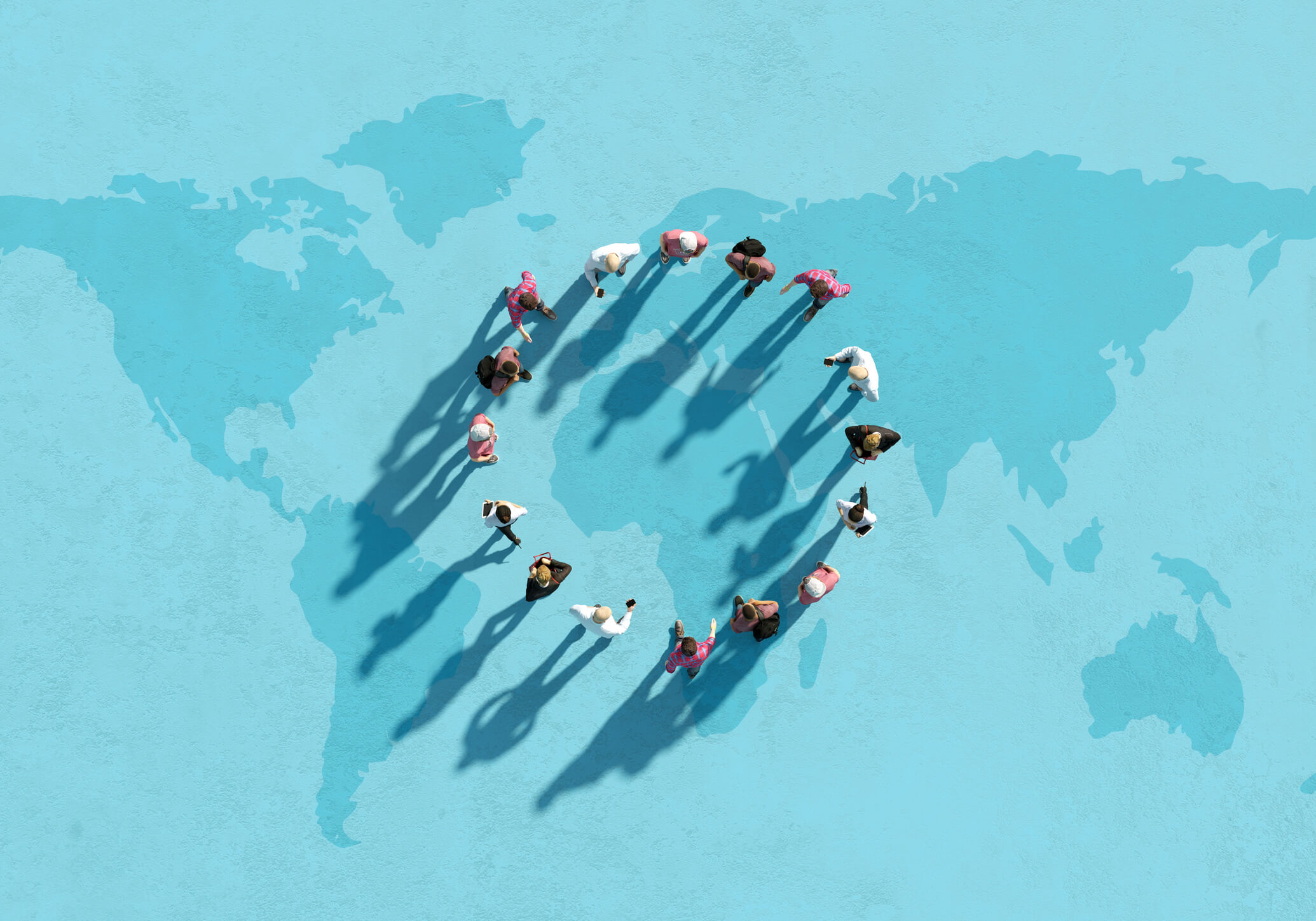This past summer, I married my wife in a traditional Indian wedding. We were both born in America and it was important for us to have a wedding that not only celebrated our love for one another, but also celebrated our culture, traditions, and families. With that purpose in mind, we decided that we would include many of the Hindu rituals and ceremonies that were important to us in the celebration of not only our union, but the union of our families.
One of the important aspects of our wedding was performing the rite called saptapadi—a Sanskrit word meaning “seven steps”—which symbolizes the sacred vows that we make to each other, and the mangal phere—a Hindi word meaning “circling the fire”—during which the marriage is sanctified. Honoring these time-honored rituals and traditions of our culture was a meaningful way for us to preserve our connections to our heritage.
With so much purpose, symbolism, and meaning behind each of these wedding rites, we felt it was important for all of our guests—both Indian and non-Indian—to understand the pre-wedding festivities and the wedding ceremony. With that in mind, we distributed a program that our ceremony guests could follow as the pundit (priest) conducted the Hindu rituals and chants. In addition, two of our friends, who are founding Board of Directors members of the Hindu American Foundation and knowledgeable about Hindu wedding ceremonies, narrated the ceremony during the Sanskrit chanting so that the entire audience could understand the events taking place on stage.
Why so much effort to promote understanding? Because inclusion is important to us and we wanted to ensure that our guests could participate in the intricacies of our cultural traditions and feel comfortable. We wanted our guests to learn about our background and initiate a cultural dialogue.
In the conventional sense, diversity is often achieved by simply bringing people of different backgrounds and cultures together. Yes, this is diversity, but without inclusion, diversity lacks deeper purpose and meaning. To ensure that individuals are truly included, it is important to understand the backgrounds, cultures, and worldviews of all individuals in an organization.
This goal may appear simple, but it does not happen as frequently as I had anticipated it would in my work experiences. An easy solution to the problem is to be inquisitive and genuinely interested in learning about a coworker’s background and culture. By showing a genuine interest in another coworker’s viewpoint, I’ve grown to appreciate my coworkers, including other lawyers in the firm, and, more generally, all people for who they are and where they come from. My appreciation of others, in turn, allows me to develop deeper relationships with people, to gain a better understanding of the people around me, and to continue to learn something new.
By the same token, it is important for someone like me who comes from a diverse background to voluntarily share my cultural differences with my coworkers. I often have had the misconception that others are not particularly interested in my cultural background. In reality, others may not know what questions to ask me or what topics may be “politically correct.” As a result, I strive to increase others’ access to cultural information that might otherwise seem obscure and mysterious by trying to ease their comfort to ask questions that they think are off- limits. To facilitate this dialogue, it is important for me to make others feel more comfortable with being curious. I, too, need to volunteer information from time to time and provide others with an opening that will allow them the opportunity to ask questions and fully engage with me. This allows me to develop a more meaningful relationship with others and a greater appreciation of their upbringing, culture, and traditions.
So, whether it is explaining the saptapati and the mangal phere at my wedding or helping people pronounce my name correctly, whether it is showing my genuine interest in others’ uniqueness or sharing my own, there is always something tangible that I can do to be inclusive and to foster a broader understanding of different worldviews. I find this brings greater texture to the fabric of my life, and allows me to be a better person and a more well-rounded and productive professional.



